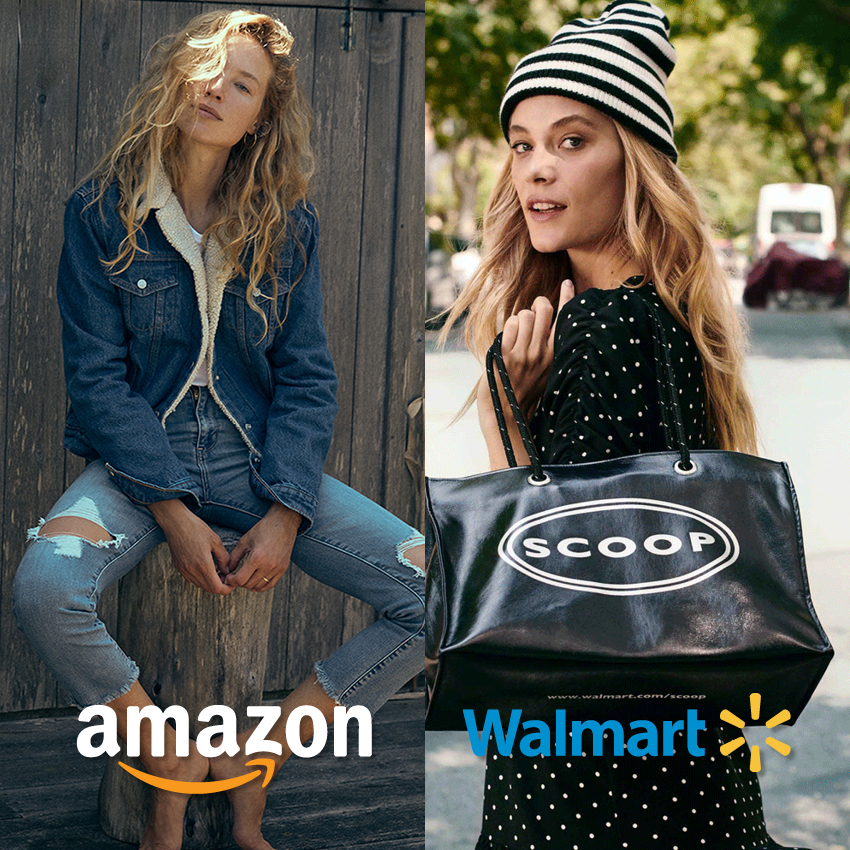While retail sales of apparel were getting hammered before Covid was even part of our common vocabulary, it soared to the rank of number-one loser during the pandemic (the Work From Home phenomenon as a big contributor). According to McKinsey & Co., apparel revenue for the year is expected to drop by 20 percent to 30 percent industry-wide, and by 10 percent to 25 percent in 2021 compared with last year.
Also, a big contributor to declining apparel sales pre-pandemic was the emergence of the now dominant next-gen consumer culture with a whole new set of lifestyle interests, values and mandates. The pandemic has just fueled the acceleration of those cultural trends.
Next-Gen Shifts
Unfortunately for apparel, closets full of stuff and more stuff, including evening gowns, business suits, ties and dress-up get an ever-increasing \”ughh!\” from younger consumers. How about renting, swapping, buying pre-owned and hand-me-downs? Way better, and an acquisition model of next-gen choice on an upward trajectory. And then there\’s luxury. What does that mean to this cohort? Pre-owned might stick best as an ethical choice. And, let\’s not forget that they have no interest in trashing the oceans and contributing to landfills full of about $500 billion worth of excess apparel every year.
A huge ongoing barrier for Amazon winning the buy-in and loyalty of luxury brands has been their inability to identify and reject third parties selling fake luxury goods.
So, why in the world is the largest retailer in the world, along with the largest online retailer in the world, expanding into upscale fashion apparel: Walmart\’s Free Assembly, designed by Dwight Fenton; and Amazon, finally (after years of courting the designer and luxury business) launches its mobile app Luxury Stores for Prime members only, featuring the iconic fashion house of Oscar de la Renta, with more to follow.
Amazon\’s Big Bet
Jeff Bezos has said from day one that Amazon had to have some degree of dominance in two categories: apparel and grocery. And while they do a substantial business with third-party mainstream brands and their own private brands, they have continually longed for growth in designer and luxury brands.
An early failure was MyHabitSite offering flash sales on luxury items. As a do-good initiative (and no doubt to engender itself to the CFDA and larger fashion community), Amazon recently partnered with Vogue magazine and Anna Wintour to help small fashion businesses weather the pandemic.
A huge ongoing barrier for Amazon winning the buy-in and loyalty of luxury brands has been their inability to identify and reject third parties selling fake luxury goods. This has also been compounded by the strict discipline of classic luxury brands to protect their image and control exclusivity – the holy grail of luxury goods value. So far, Amazon has been viewed as a mass marketplace where price, convenience and speed are the drivers, not a destination for highly crafted, luxury goods. The CFO of LVMH said in a 2016 earnings call that, \”the business of Amazon does not fit with LVMH, full stop, and it does not fit with our brands.\” Four years later, LVMH is holding the line.
Luxury Conundrum
Well before the pandemic, luxury designer brands were feeling competitive pressures from declining department store and mall traffic and changing consumer shopping behavior and values, driving many brands to expand their DTC efforts.
I have often said and written that it wasn\’t a question of if luxury brands would succumb to Amazon and its billions of \”first searchers\” and wealthier Prime customers, it was just a question of when.
Perhaps Covid is the accelerant tipping point (store closings, bankruptcies, etc.), but I believe the time has come for Amazon\’s brand-controlled Luxury Stores platform, which includes emerging fashion houses appealing to younger consumers. This concept is not dissimilar to concession agreements with traditional department store operators. Prime shoppers will be able to access each participating luxury brand\’s offerings in detail. Each brand will have control over its assortments and use of Amazon\’s merchandising tools. They can also create and personalize their content. Furthermore, each brand can offer its own customer services. Finally, Amazon takes on fulfillment and delivery, which any brand would be more than happy about.
On paper, it sounds like a win-win. Or is Oscar de la Renta the lead lemming heading over the cliff? In either case, Amazon\’s Prime consumers will decide.
My personal and arguably professional opinion is that we are operating in a new world in which young dominant consumers don\’t really give a damn about where they got their Oscar or anyone, as long as its authentic, affordable and fits their lifestyle. Which brings me full loop back to my original point that next-gens are redefining luxury.
Cracks in the Algorithms
Doug Walsh, a novelist based in Snoqualmie, Washington, told NBC News that he was surprised he received an invitation to Amazon\’s new luxury platform. He and his wife are avid hikers and travelers who don\’t spend more than $30 on a shirt, he said. They are frequent Prime shoppers, but not luxury customers. \”The items look great and I think it\’s neat they\’re expanding,\” he said. \”I would buy maybe a watch or something else that was more of an appeal that fits our lifestyle – but if it ends up being just high-end luxury designers then we\’re not the right people for that.\”
Amen.
Walmart\’s Approach
On the other side of the river is Walmart, the largest retailer in the world with the largest share of the total apparel market. Their strategy has been to offer primarily value-driven basics, catering to its traditionally lower-income base.
It has become obvious during CEO Doug McMillon\’s tenure that he is leading an aggressive transformation to modernize Walmart\’s technological and e-commerce ecosystems as well as a pivot to upscale their appeal to the new young consumer culture. Gaining share of that cohort\’s apparel dollars is at the top of his list. One big reason is due to the large margins in that category.
Walmart recently acquired and/or offered exclusive brands such as Scoop, a once cool New York City fast-fashion brand for women, which it revived; and Eloquii Elements, a plus-sized women\’s brand. Free Assembly will be the first more upscale fashion brand for both women and men. If Free Assembly gets ignition, it could scale very quickly across their 4,000 stores. Ironically, 15 years ago Walmart cozied up to Vogue and advertised new, higher priced apparel lines. I must say in retrospect that was a bit of a leap too far, way too far.
So, why is this time different? First of all, they have a designer with some chops, Dwight Fenton, and his considerable experience in his roles with J. Crew, Old Navy and Bonobos. But of equal importance is Walmart\’s timing. As one of the fortunate essential businesses operating during the pandemic, they were able to increase traffic and frequency in the grocery area. A lot of cross-selling occurred boosting other categories including apparel. Based on the mere fact that they were one of the essentials, they were able to steal apparel share from all of those department and apparel stores who were shut down. And there is no doubt that many of these new customers will stick going forward.
Amazon vs Walmart
It\’s a new ball game. Walmart\’s attempts, just as Amazon\’s, will be judged as a winner or loser by whom? The almighty and omnipotent consumer!
Amen.





